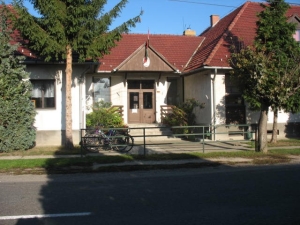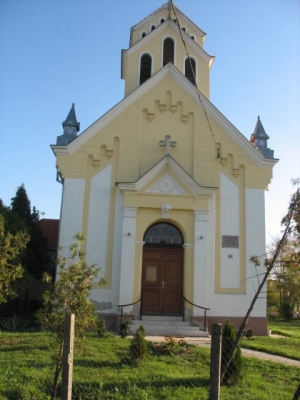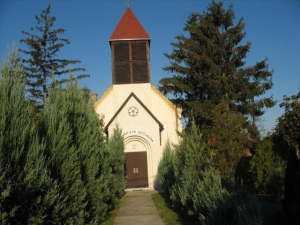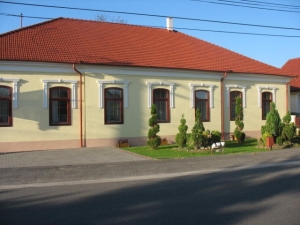Popular destinations nearby
Győr,
Sopron,
Bük,
Fertőd,
Kőszeg,
Mosonmagyaróvár,
Pannonhalma,
Szombathely,
Zalaegerszeg,
Celldömölk,
Dunasziget,
Fertőrákos,
Kapuvár,
Nagykanizsa,
Sárvár
|
The village with 6,000-year-old history is situated 18 km west of Győr, in the area where Rábaköz, Hanság and Tóköz meet. In summer 2002 archaeologist Péter Langó carried out excavations in this territory aiming to find relics from the period of the Hungarian conquest. During the excavations personal articles from the neolithic age were found at the highest point of the village, in the so-called Old village. Within the present village the Avar and the Roman findings and fragments from the period of the conquest, which were found near the railway, show that the village was inhabited continuously. It was first mentioned in records as a manor in 1270. It belonged to the Enessey family. The village had several names in the Middle Ages: it was mentioned under the name Inse in 1368 and under Enese in 1476. The opening of the railway station in 1870 played an important role in the life of the village. It had a steam mill, which was registered in 1970. The village had 23 victims in World War I. Pictures of Enese
|
Enese map nagyítása >>
|
|
|
Hungary - Enese |
|
|
|
||
|
Sunday, 6. July 2025. - 01:32:30 |
||



